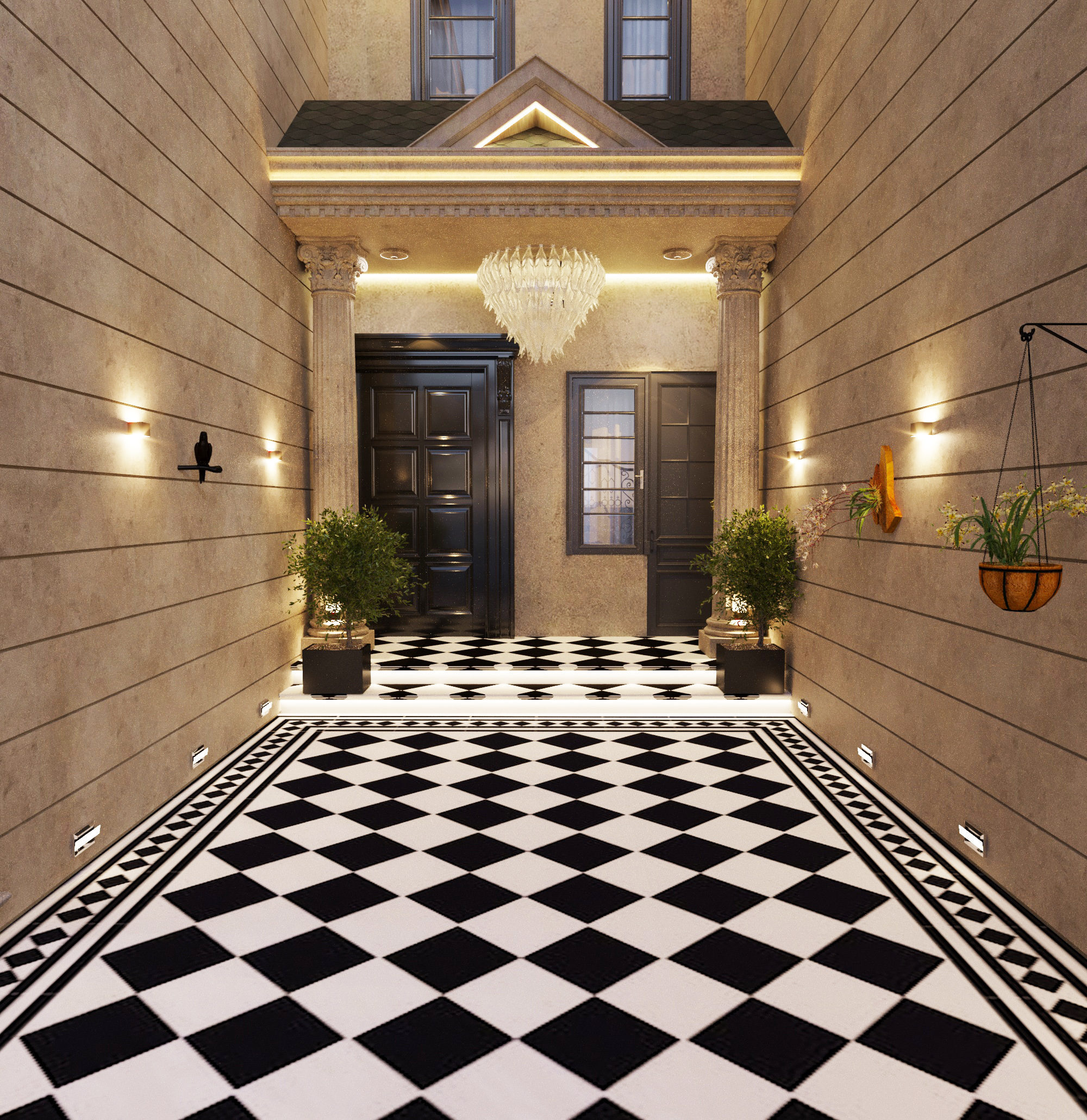
A building serves as a tangible expression of the stories of an individual or a society. It is a stage where history, culture, and functionality converge, shaping the narrative of a place. Through careful consideration of form, function, and context, architects can breathe life into structures, allowing them to resonate with their surroundings and inhabitants. Every design element, material, and spatial arrangement plays a role in this narrative. By delving into the historical, social, and environmental facets, architects craft spaces that provoke emotions, convey histories, and inspire contemplation. This thoughtful approach transforms buildings into living narratives, enriching the human experience within their walls and perpetuating their significance through time.
Architectural Elements adding Character
Architectural elements can add a distinct character to the building and significantly contribute to the narrative. The choice of materials, the layout, and even the colours all play a role in this ensemble. For instance, reclaimed wood and exposed brick might evoke a sense of authenticity, while glass and steel exude modernity and transparency. Arches and mouldings, whether ornate or understated, can communicate a sense of refinement and attention to detail. These elements, when carefully selected and integrated, become integral players in the narrative, enriching the building’s character and depth.
Embracing Context and Environment
A building’s story is not isolated; it’s intertwined with its surroundings. The site’s natural features, climate, and cultural heritage have a crucial impact on the design narrative of a building. For instance, a built structure nestled in a lush landscape might echo the forms of nature, while one in an urban setting might pay homage to its industrial roots. Moreover, climate-responsive design elements can convey a sense of eco-consciousness, further enriching the narrative. By harmonising with its surrounding environment, a building speaks not only of its own story but also of its place in the larger context.
Spatial Layout & Hierarchy
Spatial hierarchy is a crucial tool in storytelling through architecture. It involves organising spaces to lead occupants on a journey, gradually revealing the narrative. For instance, the planning of a layout with a balance of private and public zones fosters a dynamic yet layered experience. The strategic placement of the atrium, coupled with careful consideration of thresholds and architectural features, also contributes to a cohesive spatial layout that contributes significantly to the overall architectural narrative. Incorporating a diversity of sensory elements, such as varying textures and lighting schemes, further enriches the spatial hierarchy. These nuances guide occupants through a multi-dimensional experience.
Flexibility for Evolution
A building that endures tells a story that evolves over time. To achieve this, architects must design with adaptability in mind. This includes the integration of flexible spaces capable of seamless reconfiguration to address evolving requirements. By designing spaces with adaptable infrastructure, the structure can seamlessly accommodate advancements in technology, ensuring its continued relevance and functionality in an ever-evolving world. Further, the incorporation of modular elements and careful consideration of potential for future expansions or renovations are pivotal in safeguarding the building’s relevance and functionality over time, thus preserving its timeless narrative for successive generations.
The art of storytelling through architecture is a profound pursuit that transcends mere construction. It is a dialogue between history, culture, and human experience, forging spaces that resonate with a deep sense of significance. Every element, from the layout to the materials chosen, contributes to the narrative woven into the fabric of a building. Through this thoughtful approach, architects have the power to shape environments that not only serve their practical purpose but also speak volumes about the societies they inhabit.
The author is the Principal Architect of Future Concepts.















